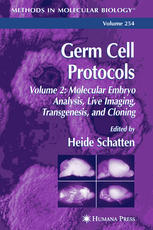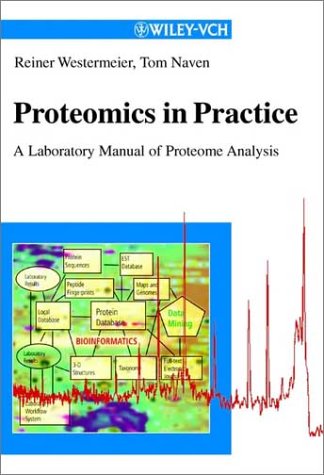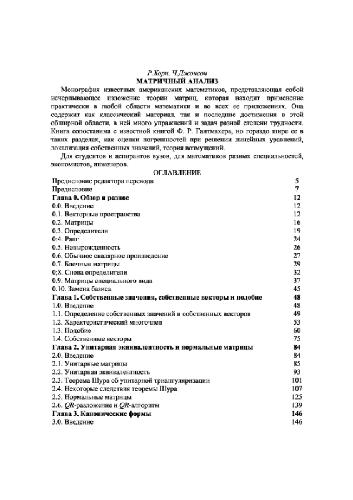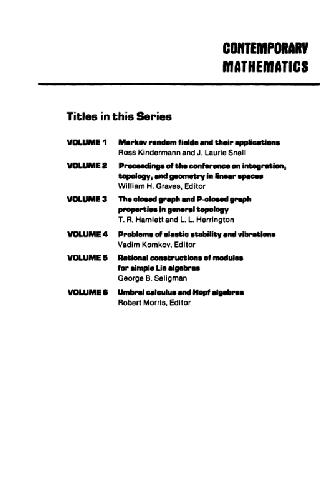Michele Boiani, James Kehler, Hans R. Schöler (auth.), Heide Schatten (eds.)
Germ cell research has produced enormous advances in recent years and more recently has entered into an explosive phase of new discoveries with the introduction of transgenic technologies and nuclear cloning. In Germ Cell Protocols, expert laboratory investigators describe in step-by-step detail a series of powerful techniques for the molecular and genetic analysis of germ cells in a variety of different reproductive systems. Chosen for their proven success in advancing our understanding of germ cells, these methods cover sperm and egg activation, motility, fertilization, nuclear development, nuclear cloning, the molecular characterization of specific events, the imaging of cell structures, and the cryopreservation of germ cells. Volume 2: Molecular Embryo Analysis, Live Imaging, Transgenesis, and Cloning focuses on molecular egg analysis, live egg imaging, nuclear cloning, oocyte cryopreservation, and nuclear transfer. Highlights include the identification and characterization of Oct-4, germline chromatin silencing by RNAi, cDNA subtraction and cloning in the field of trophoblast/placental development, and selective ablation. There are also methods for PCR-based cloning, differentiating embryonic stem cells into embryonic bodies, live imaging of mammalian embryos using multiphoton microscopy, and the cloning of pig, cattle, rabbit, and mouse oocytes. Each readily reproducible protocol is described in step-by-step detail and contains an introduction outlining the principle behind the technique, lists of equipment and reagents, and tips on troubleshooting and avoiding known pitfalls. An accompanying earlier volume, Sperm and Oocyte Analysis, focuses on sperm cells, oocyte analysis, oocyte maturation, fertilization, and preparation techniques.
Comprehensive and cutting-edge, Germ Cell Protocols offers both novice and established researchers a gold-standard collection of hard-to-find methods for high impact research, diverse procedures that are easy-to-follow, well-illustrated, and allow a cross-species transfer of knowledge from lower vertebrates to higher mammalian systems. |
Table of contents :
Front Matter….Pages i-xiv
Back Matter….Pages 1-34
….Pages 35-48 |







Reviews
There are no reviews yet.